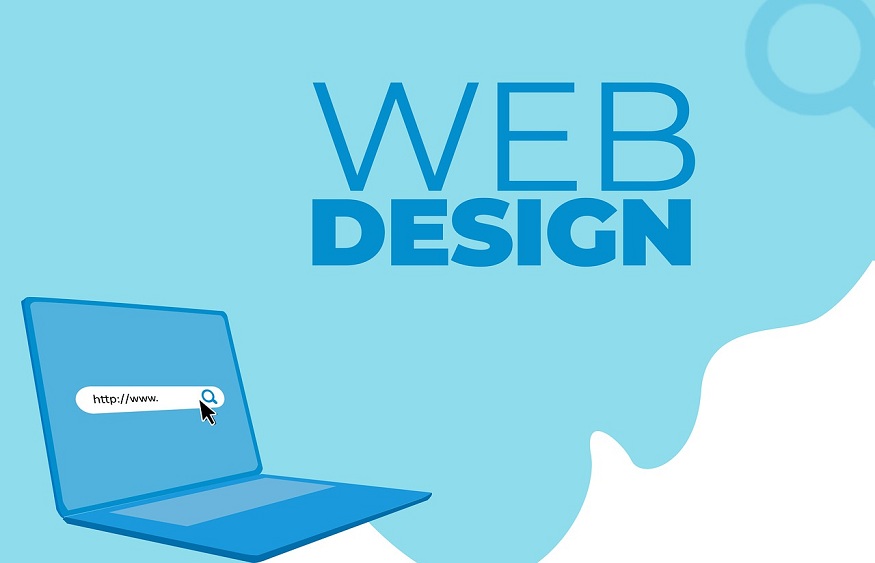Imagine a web page that looks like a Word document with only text on a white background… Do you feel this site is trustworthy or memorable? Images are an important part of how we perceive a web page. They are therefore important for SEO because the Google algorithm pays attention to behavioral indicators that reflect user experience, such as bounce rates and the time visitors spend on a web page.
Use relevant, high-quality images
This point is crucial for the reader. This is because an image that is not related to the content of the page will confuse the user, and a blurry or poorly cropped image will only make your page look bad and unprofessional . Make sure that each image you use has a clear relationship to what the page it’s on contains.
You should be careful not to use images that you don’t own the rights to, but you can find plenty of resources online that provide free images for businesses.
Spend time on every page you create and every blog post you publish to find at least one good image to include (bonus points if you find more than one).
Customize file name
This is one of those steps so easy that not everyone sticks to it.
Before adding an image to your website, take the time to customize the file name. Replace it with something relevant to the page and including one of your target keywords for said page. If you are selling a size M black shirt, the image might be called something like brandname-shirt-black-size-m.jpg .
Most visitors will never see the file name, but doing so will allow you to provide search engines with a little more information about the content of the page and the best keywords to associate with it.
It’s another part of the web that most visitors don’t see, unlike search engine crawlers .
You can provide alt text for each image you add to your website that will appear in place of your image if a browser is having trouble loading it. This text is an additional part of the page that you can use to alert search engines to its content.
You should remember to always update the alt text of your images. Include your main keyword for the page and an image description . If you’re using WordPress, you can fill in the alt text field.
optimize web images
Find the right quality/size ratio
This part is a bit tricky because you want your images to look really good , but you don’t want them to be too big and slow down your website. Site speed is a ranking factor in SEO . Therefore, if your visitors have to wait a minute to load a page on your site, it’s bad for both the user experience and your SEO.
Often the file size of an image is much larger than necessary for the size it will display on your website. If you are using a CMS such as WordPress , resizing how an image appears on your website after uploading it to the CMS is very easy, but that means you still have the large file size which slows down the process.
You can make your website faster while displaying high resolution images by resizing your image files before uploading them to your website. This is often easy to do with programs that come standard on most computers, like Mac’s Preview program or Microsoft Paint . If you’re using Adobe Photoshop, you can use the “Save for Web” command to help you find the smallest file size that provides a good resolution.
Choose the right file type
You have probably noticed that there are three main types of image files, but you may not really understand the difference between them.
.JPG format is one of the most common file formats because it uses a small size, so it is widely supported. However, the image quality is not always as good as that of PNG files and the format does not support transparent backgrounds; so it is possible that JPG does not work.
The .PNG format is a file format for images . It offers high resolution and can support a textual description of the image, useful for SEO . The main disadvantage of PNG is that it tends to require larger files than JPG and GIF files. This is often best for complex images and those that include text.
The .GIF format doesn’t support as wide a color gamut as the other two, but it can be a good choice for simpler images.
For photos , .JPG often works well. For designed graphics , GIF and PNG formats are the most common.
After resizing, you can still reduce your image file size without sacrificing quality by compressing them. Check out tools like TinyPNG and JPEGmini to make this process easier .
Add images to your Sitemap
Google encourages website owners to send them a sitemap to help them better crawl their pages and add them to the index. They also allow you to include images in your Sitemap or create a separate Sitemap to submit.
If you are using WordPress , there are plugins you can use to generate an image sitemap, such as Google XML Image Sitemap and Undira All Image Sitemap .
By giving Google clear information about the images on your website, you increase the likelihood that they will appear in Google Image Search, which in turn increases the searchability of your website.

